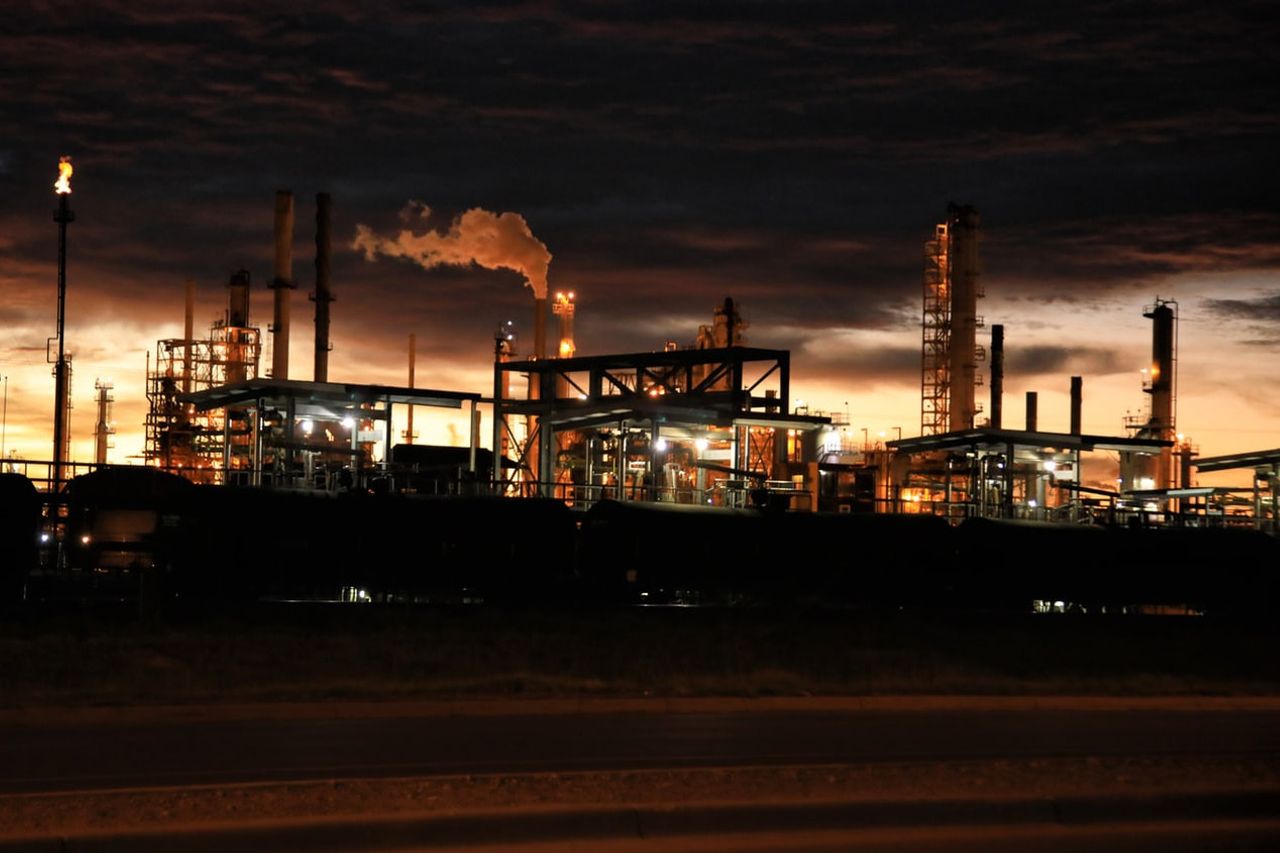Observers Have Suggested That A Reduction In Industrial Gas Prices Must Be Balanced With Additional Taxes

JAKARTA - Executive Director of the Institute for Development of Economics and Finance (Indef) Tauhid Ahmad assessed the government's plan to reduce the price of industrial gas to 6 US dollars per Million British Thermal Unit (MMBTU) or the equivalent of IDR 85,662 per MMBTU (assuming IDR 14,277 per US dollars) must be balanced against industrial tax revenues.
According to Tauhid Ahmad, lowering gas prices will reduce Non-Tax State Revenues (PNBP) from the oil and gas sector. For this reason, an additional tax is required from industries that use gas as fuel.
"There must be a balance between upstream revenues and industrial taxes," he said in a statement quoted on Sunday, March 1.
Furthermore, Tauhid reminded that before deciding on the amount of price reduction, the government must carefully calculate the impact and it must be realized.
"I think it must be realistic, maybe not 6 US dollars per MMBTU, but at the most favorable price for all parties," he continued.
As a gas exporting country, Tauhid assessed that the price of industrial gas in Indonesia is quite expensive. However, he reasoned that the high price of gas was partly due to the location of the gas sources on the islands, which drained production prices. Meanwhile, 70 percent of the downstream gas price is influenced by the upstream gas price.
"Currently, the price of industrial gas is in the range of US $ 9-12, or around Rp 125,676-Rp167,568 per MMBTU. This figure is far above the international gas price, which is around US $ 4-5 per MMBTU or tends to be close to fluctuations in world oil prices, "continued Tauhid.
He then gave an example in Thailand the upstream gas price was US $ 7 per MMBTU and Malaysia was US $ 5.5 per MMBTU. In fact, China, which incidentally has a strong economy, has set its gas price at US $ 8 per MMBTU. Does not include the cost of gas distribution via pipeline or non-pipeline. Meanwhile, the gas price in Singapore is actually above US $ 15 per MMBTU.
Regarding the discourse of reducing gas prices, according to Presidential Decree No. 40 of 2016 concerning Natural Gas Pricing, there are seven industries that are entitled to a gas price of US $ 6 per MMBTU, namely fertilizer, petrochemical, oleochemical, steel industry, ceramic industry, glass industry, and the rubber glove industry.
Pressure to Lower Industrial Gas Prices
Industry players continue to insist that Presidential Regulation Number 40 of 2016 concerning Natural Gas Pricing can be realized immediately. Through the mandate of this regulation, the government has promised to reduce industrial gas rates to a level of 6 US dollars per MMBTU.
Chairman of the Indonesian Oleochemicals Producers Association (Apolin) Rapolo Hutabarat believes that the decline in industrial gas prices will support the economic growth target of 6 percent and the realization of downstream activities in Indonesia.
"For four years, oleochemical industry players have been waiting for this regulation to be implemented and implemented. Moreover, the oleochemical industry is included in the seven industrial sectors that are included in the Presidential Decree, ”he explained.
Presidential Decree No. 40/2016 states, seven sectors that get industrial gas prices of 6 US dollars per MMBTU, namely the oleochemicals, fertilizers, petrochemicals, steel, ceramics, glass and rubber gloves industries.
Based on Apolin data, the demand for oleochemical industry gas reaches 11.7-13.9 million per MMBTU from 11 Apolin member companies. Currently, the oleochemical industry has to pay an average industrial gas price of 10-12 US dollars per MMBTU. Gas price variations for the oleochemical industry depend on location and distance.
In the production cost structure, gas costs contribute around 10-12 percent for fatty acid production and 30-38 percent in producing fatty alcohol and its derivative products. If Presidential Decree No. 40/2016 can be implemented for the oleochemical industry, assuming a rupiah exchange rate of IDR 14,300 per US dollar, it is stated that there will be savings of 47.6-81.8 million US dollars per year or IDR 0.68-1.1 trillion per year. year.
In addition, the decline in gas prices is considered to have an impact on increasing new investment, increasing production capacity, expanding job opportunities, and spurring the competitiveness of Indonesian oleochemical products to export destination countries so that it will generate greater foreign exchange earnings.
